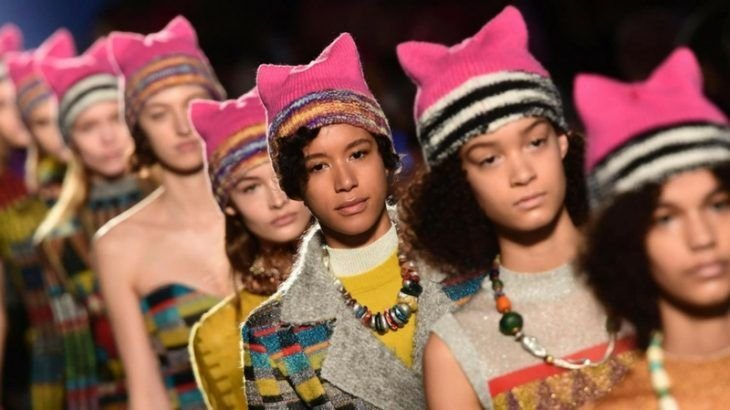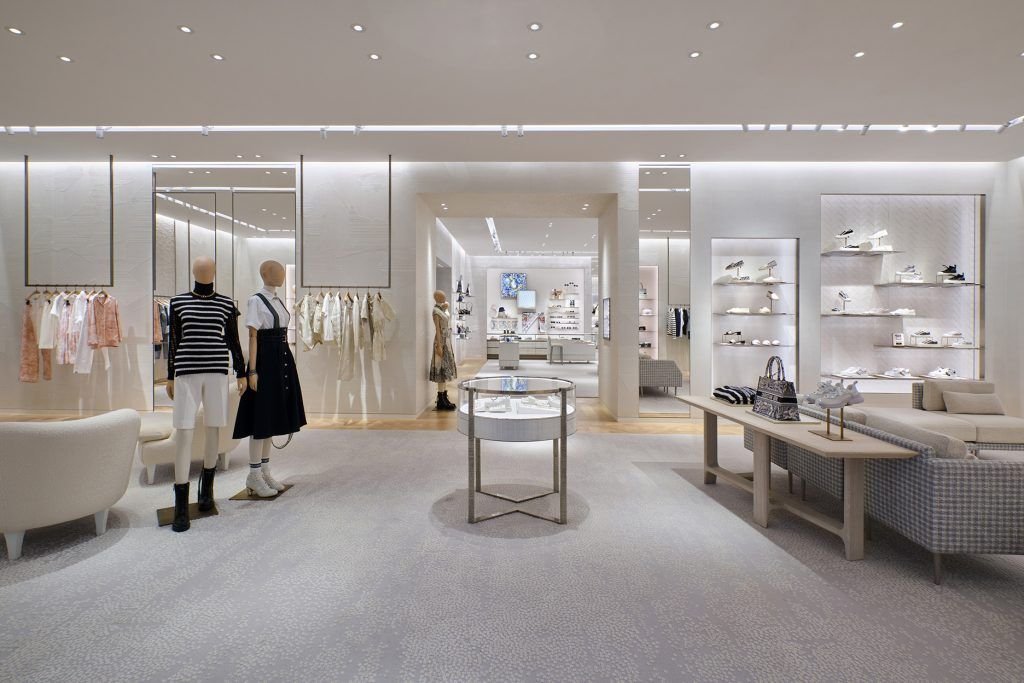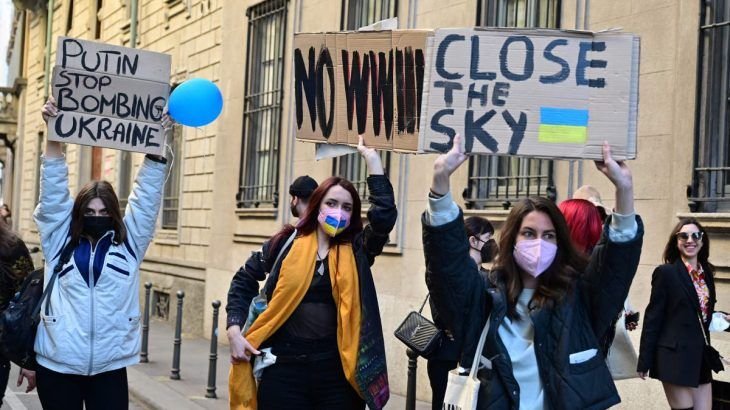Nearly five months since the start of Russia’s special military campaign in Ukraine, the world has been and will continue to deal with multiple crises ranging from economic, energy to food as a result of the conflict.
Fashion world
`I’m panicking because my hometown is Ukraine, people in Milan are excited about street style`
direct cause
Russia is the world’s largest oil exporter, providing more than 40% of gas and 25% of imported oil to Europe – considered the cradle of the high-end fashion industry.

(Photo: RiverNorthPhotography)
Inflation in the European common currency area (Eurozone) has also reached a record high, reaching 8.6% – a sudden high in this continent in nearly half a century.

(Photo: Business Insider)

Fashion world
It seems that fashion is a potential tool for political activities?
What does the story in Ukraine have to do with Vietnamese people?
The war in Ukraine has not ended, the strict blockade in major Chinese cities because of the Omicron mutation has contributed to the burden of the supply chain, which has been `struggling to cope` for 2 years of the epidemic.

(Photo: The Fashion Starter)
The consequence of this is that product designs and product sources will not be as diverse and uniform as before the pandemic.

(Photo: Dior)
According to Zara’s report, fashion items will increase by at least 8% this year.
CHANEL’s SS2022 Haute Couture collection.
This leads to the choice to cut spending on unnecessary and luxury items by Vietnamese consumers, especially the middle class.
(Photo: Getty Images)
What about the upper class, who are less sensitive to rising prices of necessities?
According to Forbes, the trend of increasing prices of luxury brands not only does not reduce, but also strongly promotes the needs and desire for ownership of wealthy consumers.
However, we will probably have to witness a growing gap between the upper class (those who consider luxury shopping as a habit and hobby) and the middle class with good incomes (those who
(Photo: Business of Fashion)
The relief is that the war in Ukraine is not expected to have too much of an impact on the `growth potential` of the luxury market in Vietnam in general.
